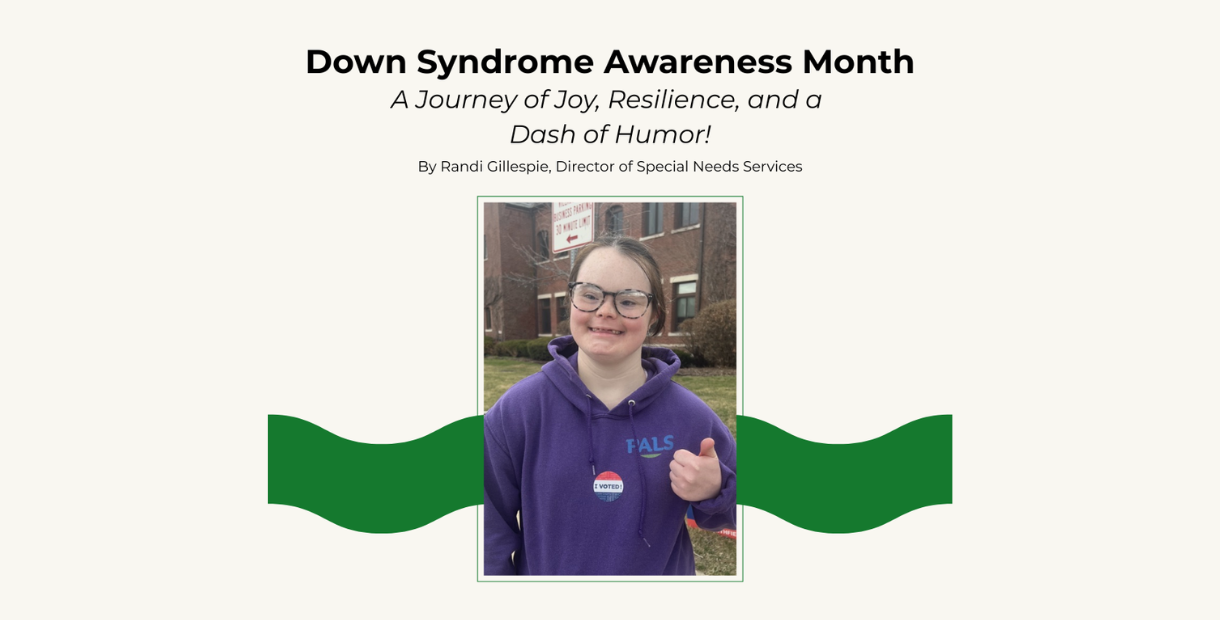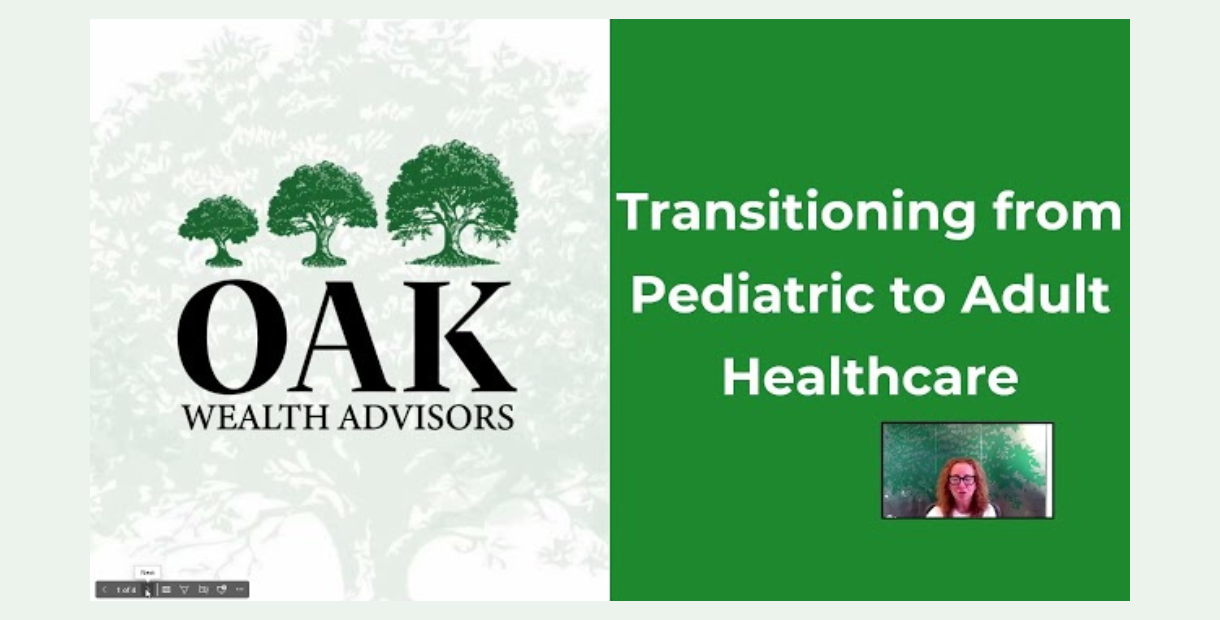![]() The school year brings with it a chance for growth, new experiences, and the comfort of routine. It is also often the time when the greatest progress is made in a child’s development. Given the unique challenges of navigating the school system for children with special needs, we wanted to share our insights on how to maximize the potential benefits available through your school district.
The school year brings with it a chance for growth, new experiences, and the comfort of routine. It is also often the time when the greatest progress is made in a child’s development. Given the unique challenges of navigating the school system for children with special needs, we wanted to share our insights on how to maximize the potential benefits available through your school district.
Promoting a positive partnership between your family and your children’s teachers, administrators, and the district will lead to better outcomes for your children and a more enjoyable experience for everyone. Open communication is an essential element of building trust with the schools and developing the supportive partnership. It is also essential for both families and schools to recognize that sharing ideas and challenges allows for the successes at one location to be carried over to the other and similarly for problems at one location to be monitored and addressed at the other.
Earlier this year, National PTA President Otha Thornton communicated to Education Week magazine, “Education remains a shared responsibility, and it is critical that families are engaged through meaningful, integrated, and sustained efforts.” Susan Hans, Northern Suburban Special Education Parent Mentor, also emphasizes the importance of collaboration stating “The most important thing about creating good school and family relationships is being honest and providing support. As a parent, be honest about what you need help with at home, and offer the teacher help with something in the classroom. As the teacher, be honest about what you need help with in the classroom and offer help with something that might be going on at home. The more interconnected the child’s two worlds are, the better the outcome.”
Putting this advice into action, Randi Gillespie, Oak Wealth Advisors’ Director of Special Needs Services, shares one of her successes about increasing communication with her daughter’s teacher.
“When my daughter would come home from school, I would ask her specific open-ended questions such as, “What did you play in gym class” or “Who did you sit next to at lunch today.” The responses that I received were not as detailed as I would have liked them to be. I then realized that if I am not getting relevant information from my own daughter about her day, what types of information are the teachers able to get from her following a weekend?” Randi then reached out to her daughter’s teachers and they were receptive to her Sunday night updates which facilitated a more productive Monday morning dialogue with her daughter. Randi’s proactive communication decreased the teachers’ frustrations and allowed for better engagement between her daughter and her teachers.
Open communication and collaboration are also critical elements in developing successful Individualized Education Plans (IEPs). IEPs are often a source of friction between families and the schools. While everyone shares the goal of helping the child develop, the school district has incentives to advance the child to the next grade while parents focus primarily on their child’s skill development. It is important for parents to understand that they must understand how milestones and goals will be measured in the IEP before signing off on the goals for the upcoming year. In addition to focusing on the goals in the IEP, parents need to understand how they can support learning in school at home. Through collaboration with their teachers and the school district, parents can increase the level of success their son or daughter will achieve.
The post Collaboration Drives Success in School appeared first on Oak Wealth Advisors, LLC.





